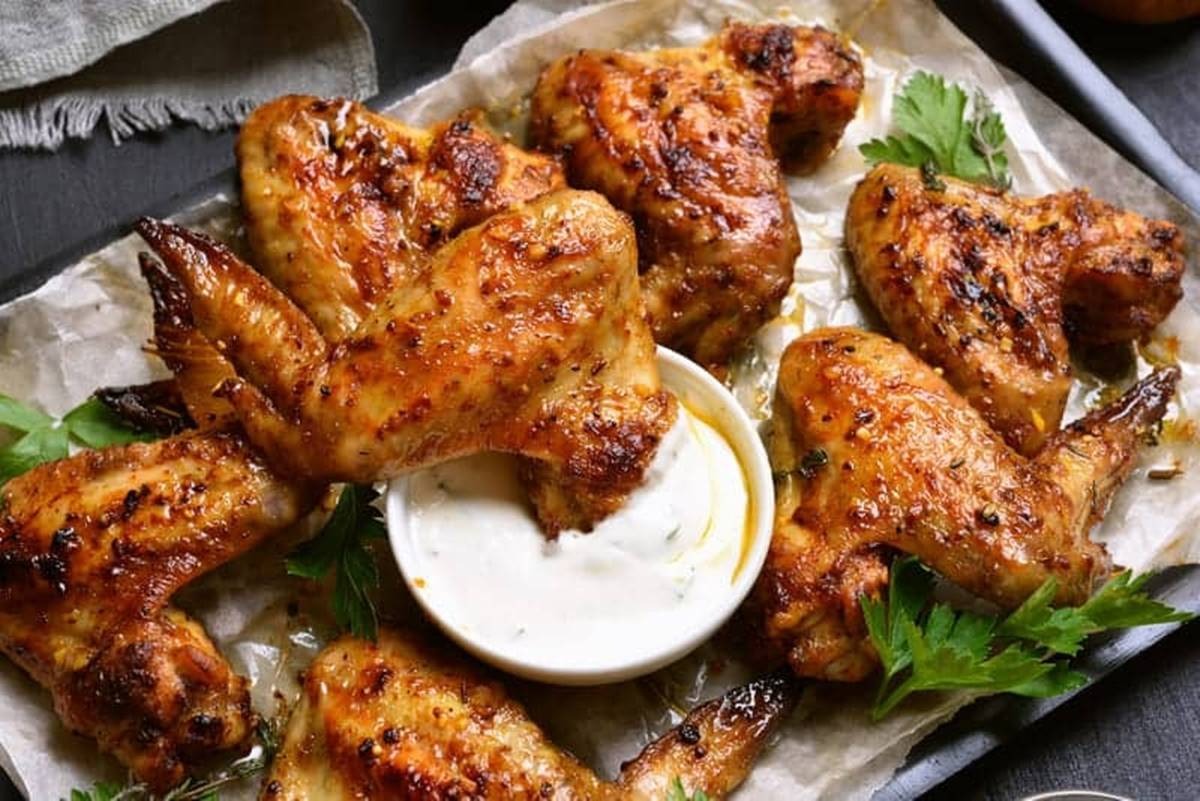No products in the cart.
Blog
Do Restaurants Fry Wings While Frozen?
Yes, many restaurants fry chicken wings while they are still frozen. However, this practice can vary depending on the restaurant’s operating procedures and the type of wings they use. Here’s a breakdown of why and how restaurants might fry frozen wings, along with some considerations:

Reasons Restaurants Fry Frozen Wings
- Convenience:
- Frying frozen wings can be more convenient for restaurants, especially during peak hours. Frozen wings can be stored for longer periods, making it easier to manage inventory without worrying about spoilage.
- Cost-Effectiveness:
- Purchasing frozen wings in bulk can be more cost-effective for restaurants than buying fresh wings. Frozen products often have a longer shelf life, reducing waste and helping restaurants maintain profitability.
- Consistency:
- Using frozen wings can help ensure consistency in size and cooking times. Many suppliers offer wings that are uniform in size, which can lead to more even cooking.
Cooking Process
When frying frozen chicken wings, restaurants typically follow these steps:
- Heat the Oil:
- The oil is heated to the appropriate frying temperature, usually between 350°F and 375°F (175°C to 190°C). This high temperature helps to seal the exterior of the wings quickly.
- Frying:
- The frozen wings are added directly to the hot oil. The initial temperature drop is managed by ensuring the oil is hot enough to cook the wings effectively.
- Cooking Time:
- Frozen wings generally require a longer cooking time than fresh or thawed wings. Depending on their size and the frying method, they may take anywhere from 10 to 15 minutes to cook thoroughly.
- Safety Considerations:
- It is crucial that frozen wings reach an internal temperature of at least 165°F (74°C) to ensure they are safe to eat. Restaurants often use meat thermometers to check for doneness.
Considerations for Frying Frozen Wings
- Texture and Flavor:
- While frying frozen wings is common, some chefs believe that thawing them first can result in a better texture and flavor. Thawing allows for the wings to marinate or be seasoned more effectively, enhancing the final dish.
- Oil Temperature:
- Adding frozen wings to hot oil can lower the oil temperature temporarily, which may affect the cooking process and the final texture of the wings. Maintaining the correct oil temperature is crucial for achieving crispy wings.
- Ice Crystals:
- If wings have ice crystals on them, it can cause the oil to splatter when they are added, creating a safety hazard. Properly managing the frying process is essential to prevent accidents.
Conclusion
In summary, many restaurants do fry chicken wings while they are still frozen due to convenience, cost-effectiveness, and consistency. While this method can yield delicious results, the key is ensuring proper cooking temperatures and times to ensure safety and quality. Some restaurants may choose to thaw or marinate their wings before frying for enhanced flavor and texture, but frying directly from frozen is a common practice in the industry.
